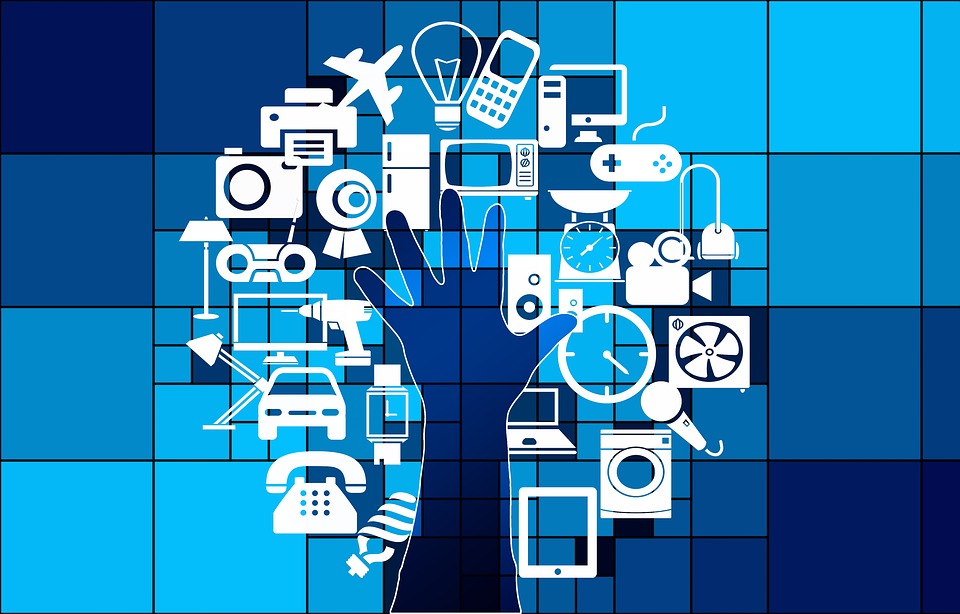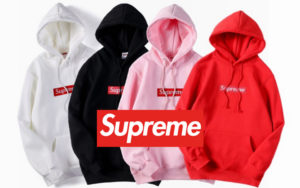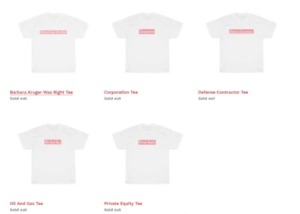You might briefly go without your phone as you listen in a meeting or while you visit a friend for coffee. Even then, are you still completely mobile-free? Or are you sharing by word-of-mouth about campaigns, redesigns, decor or ideas you’ve stumbled upon through Instagram and Pinterest? The worst part? You work in the industry and it’s still consuming you. It = branded content.
The custom content that is fueling brands into the next wave of attention is Native Advertising Content aka ‘Native Content’. It’s appealing to your consumer in a way like never before and integrating your brand over and over into a new lifestyle of consuming content. Almost like the consumer didn’t even know your brand was sponsoring it, but yet it’s obvious you were. Catch my drift here?
In the next year, digital advertising is expected to grow to $15 billion in 2019 and even further, to $85 billion by 2020, according to The Drum. So what does a branded content strategy look like for your brand if you’re just now understanding native content?
1. It’s a mobile-first world.
Native content consumers are predominantly filled with Generation C. Generation C is connected, consumer-driven and demands personalized attention in their media consumption. With an endless age range, yet predominantly focused on Millennials, Generation C is going to continue to expand as our world transforms from tech-friendly to tech-savvy to tech-dominated. It’s got to be mobile-friendly content first not second.
2. Diversify your feed’s strategy.
Between branded content, in-feed displays and content recommendations, users have endless options. Making content that facilitates thought-provoking, assistance-oriented and emotionally-connected ideas will generate engagement with this audience while leveraging the brand’s value and prominence in the market.
3. Personalization on point.
How are you striving to develop personalization within your content, branded offers, e-commerce strategy or your mobile app notifications? Generation C desires a custom experience and it’s no wonder that 91% of U.S. consumers prefer to receive personalized offers according to The Drum.
4. Publishers are key players.
Publishers like BuzzFeed, Refinery 29, Vice Media and Vox are active in the space of publishing content. How they evolve and remain competitive is beginning to look like the paid subscription model, similar to Netflix and Hulu. For example, last week BuzzFeed with $5 per month to exclusive content. Yet for brands, you’re still paying to play, although the target market will be even more succinct as you narrow in on an audience’s willingness to pay. Their willingness will evolve and eventually tell the story of alignment in product purchase willingness as it relates to web content willingness.
5. Happy people remember your brand.
According to AdAge this past week, branded content can make your audience happy. That emotion then reflects upon purchasing power. Happy people are going to then remember your brand, making the brand 67% more influential. Talk about power in emotions? So when you have only 8 seconds to capture your audience’s attention on digital, are you going to aim for happiness?
Why do I know about the emotions in branded content? Well, just recently Turner Ignite partnered with Realeyes, an AI Innovation Platform, to assess emotional metrics on emotions and branded content. Brilliant. One of my favorite elements in advertising is the emotional connection and advertisers have been missing the ability to assess these metrics until now. With machine learning, Realeyes was able to determine that 90% of consumers are making decisions without even realizing what it is they’re making decisions about. This power will evolve into a new concept of brand love. Your new media mix in branded content is going to fuel the new KPI (key performance metric) of brand love.
So now that you’re ready to captivate your Generation C audience through branded content, are you ready to journey on brand love in 2019?









